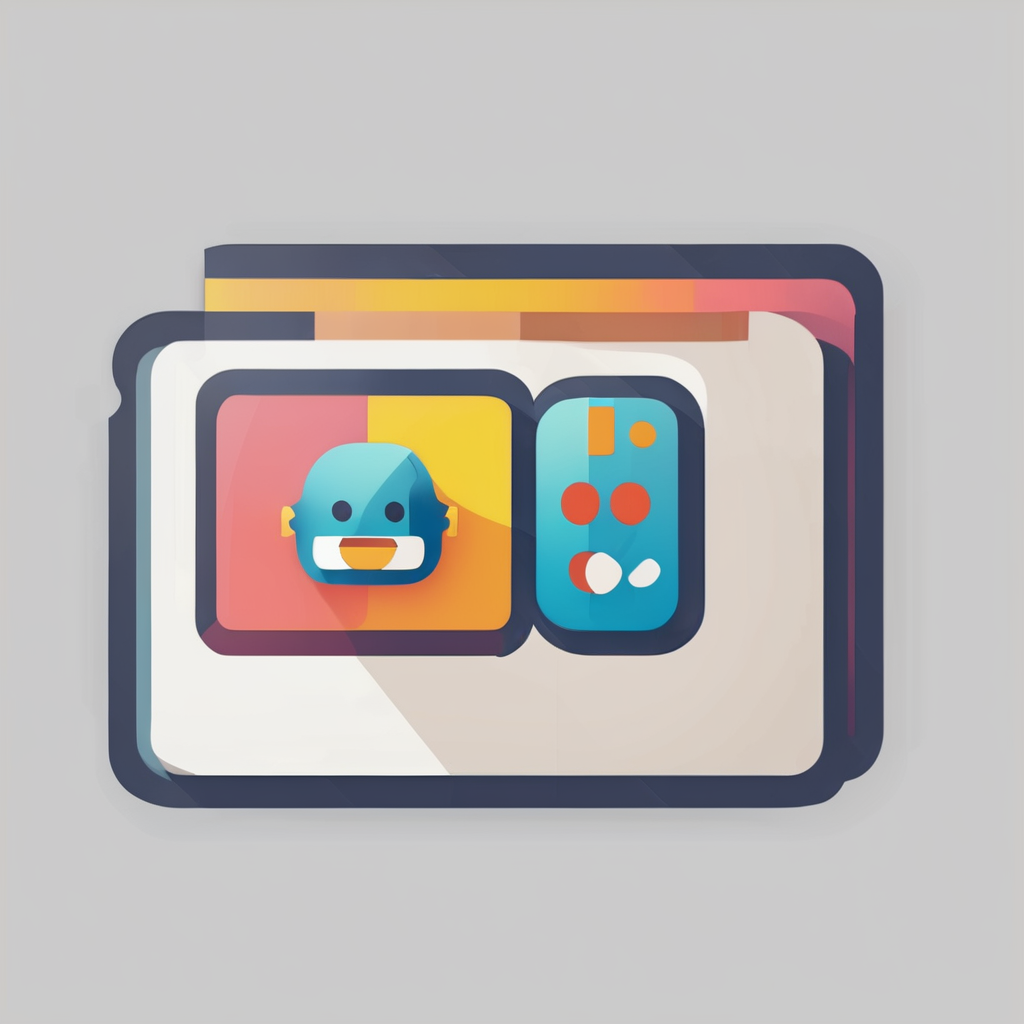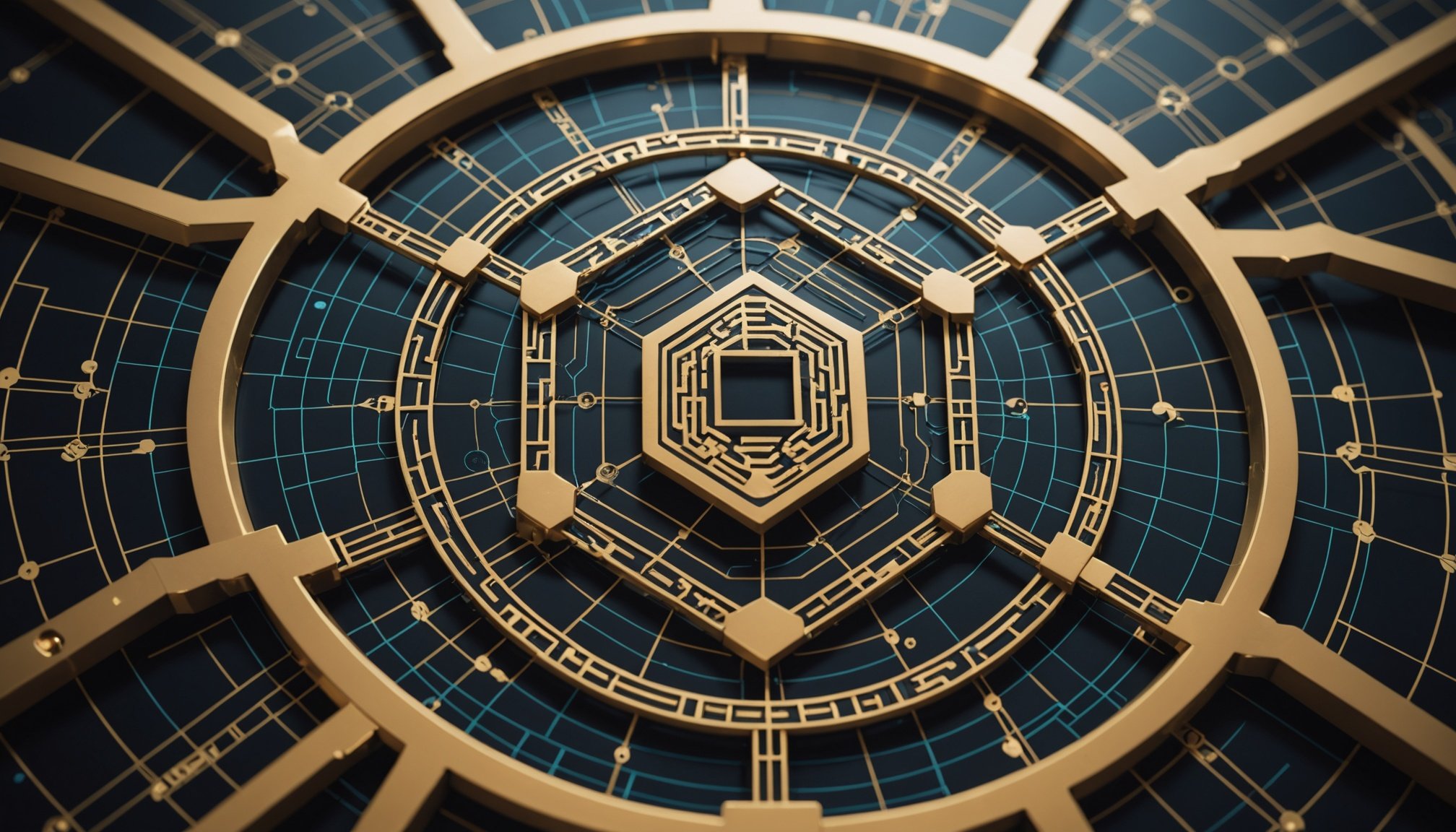Understanding DAO Vulnerabilities
Decentralized Autonomous Organizations (DAOs) represent a significant innovation in the blockchain space, but like any technology, they are not without vulnerabilities. These vulnerabilities can expose DAOs to potential threats, undermining their security and trust.
Common DAO Vulnerabilities
One of the most prominent weaknesses in DAOs is poorly written smart contracts. Because these contracts are immutable and self-executing, any errors can be catastrophic. For example, code bugs or logical errors can lead to unexpected outcomes, jeopardizing funds.
Have you seen this : Embracing ai: transforming malware detection for a safer cybersecurity landscape
Case Studies of DAO Breaches
A notable instance is the 2016 hack of “The DAO,” which resulted in the loss of nearly 3.6 million Ether. The vulnerability exploited was a recursive call bug, leading to a split and refund loop. This breach profoundly impacted the Ethereum community and highlighted the urgency for robust blockchain protection.
Lessons Learned
To enhance security, it is crucial to implement multiple layers of protection. This includes thorough code audits, adopting formal verification methods, and encouraging security best practices within the developer community. By understanding the vulnerabilities, organizations can better safeguard their operations and maintain user trust. Efficient blockchain protection involves continuous monitoring and timely updates to address emerging threats.
In the same genre : Revolutionizing energy efficiency: cutting-edge ai approaches for optimizing smart grids
How Blockchain Technology Enhances DAO Security
Decentralized organizations (DAOs) are fundamentally reshaping the way societies organize, primarily through advanced blockchain security measures. At the heart of this transformation lies a commitment to secure and transparent operations.
Cryptographic Techniques
Cryptographic methods form the bedrock of blockchain security. By using sophisticated algorithms, DAOs encrypt transactions and communications, making them nearly impossible to decode without authorization. This safeguard ensures that data integrity is maintained and access is controlled only by individuals with the proper cryptographic keys.
Governance Mechanisms
The governance structures in DAOs are meticulously designed to enhance security. With roles and decision-making protocols encoded in smart contracts, DAOs empower stakeholders to participate in a fair and transparent manner. This method enforces a decentralized model, preventing any single entity from holding too much control, which can reduce risks of manipulation and fraud.
Transparency and Immutability
Another significant advantage of blockchain security is the unparalleled transparency it offers. Every transaction is recorded on an immutable ledger accessible to all network participants. This openness not only fosters trust among members but also ensures accountability, as any illicit attempt to alter data would be publicly visible and traceable. Transparent operations lend credibility and fortify the security posture of DAOs.
Practical Strategies for Enhancing DAO Protection
Protecting Decentralized Autonomous Organizations (DAOs) is crucial in the blockchain space. Implementing effective security strategies is the first step towards ensuring robust DAO protection. A variety of blockchain implementations can enhance this, starting with multi-signature wallets, which require multiple approvals for transactions, thus preventing unauthorized access. Additionally, employing smart contract audits is vital to identify vulnerabilities before they become exploitable threats.
Recommended practices also include using decentralized insurance to mitigate financial losses from hacks or glitches. This strategy helps entities manage risks and recover swiftly after potential breaches. Furthermore, regular security audits, both internally and by third parties, ensure continuous assessment and improvement of DAO systems, creating a tighter security net.
Tools and technologies are at the forefront of DAO protection. Intrusion detection systems monitor and report suspicious activities while cryptographic techniques safeguard private data. Decentralized Identity (DID) systems verify user credentials, maintaining privacy and preventing identity theft.
Equally significant is the role of community engagement. By fostering transparency and open communication, the community can contribute to identifying weaknesses and recommending enhancements. Creating forums and regular meetings empowers stakeholders, ensuring that security measures evolve with potential threats. Engaging the community not only strengthens security but also builds trust within and outside the DAO.
Case Studies of Successful DAO Implementations
Decentralised Autonomous Organisations (DAOs) have taken the digital world by storm, illustrating innovative governance and community engagement models. Let us explore some successful DAO case studies that highlight effective governance.
Case Study 1
One notable example is MakerDAO, a pioneer in decentralised finance (DeFi). MakerDAO governs the issuance of the DAI stablecoin, which aims to maintain a 1:1 peg with the US dollar without traditional banking methods. Governance is executed through the Maker Governance token, MKR, whereby MKR holders vote on protocol decisions, making it a compelling governance model in the DAO landscape.
Case Study 2
Uniswap, an automated liquidity protocol, exemplifies a transformative approach within DAOs. Through its governance token, UNI, the community can make core protocol decisions, promoting participation and transparency. This governance framework empowers participants, demonstrating a successful governance model that aligns platform incentives with community interests.
Expert Opinions
Experts in blockchain and governance technology assert that the security protocols adopted by successful DAOs are pivotal. According to technologists, MakerDAO’s unique position stems from its emphasis on security with a collateral-to-loan paradigm. As DAOs evolve, experts predict enhanced focus on security measures and transparent governance, crucial for future implementation and adoption.
Future Trends in DAO Security and Blockchain Innovation
The trajectory of blockchain innovation continues to promise transformative advancements in Decentralized Autonomous Organizations (DAOs). One pivotal aspect is the rise of emerging technologies aimed at enhancing DAO security. This includes the deployment of advanced cryptographic methods, such as zero-knowledge proofs, which ensure transactions’ confidentiality and integrity while maintaining transparency. Likewise, the integration of artificial intelligence could optimize decision-making processes within DAOs, predicting and mitigating potential security breaches.
As for future trends, the evolution of blockchain in DAOs points towards improved scalability solutions. Innovations such as sharding and layer-2 networks could address current limitations, facilitating faster and more efficient transactions. These developments are critical as they aim to cater to the growing complexity and scale of DAO operations.
Moreover, the landscape is projected to shift with potential changes in legal and regulatory frameworks. Governments and regulatory bodies worldwide are gradually acknowledging DAOs, which might usher in a new era of clarity and governance. This evolution could redefine how DAOs operate, balancing the fine line between decentralization and regulatory compliance. Thus, staying informed about these trends will be crucial for stakeholders, as it influences both operational and strategic decisions in the DAO ecosystem.











